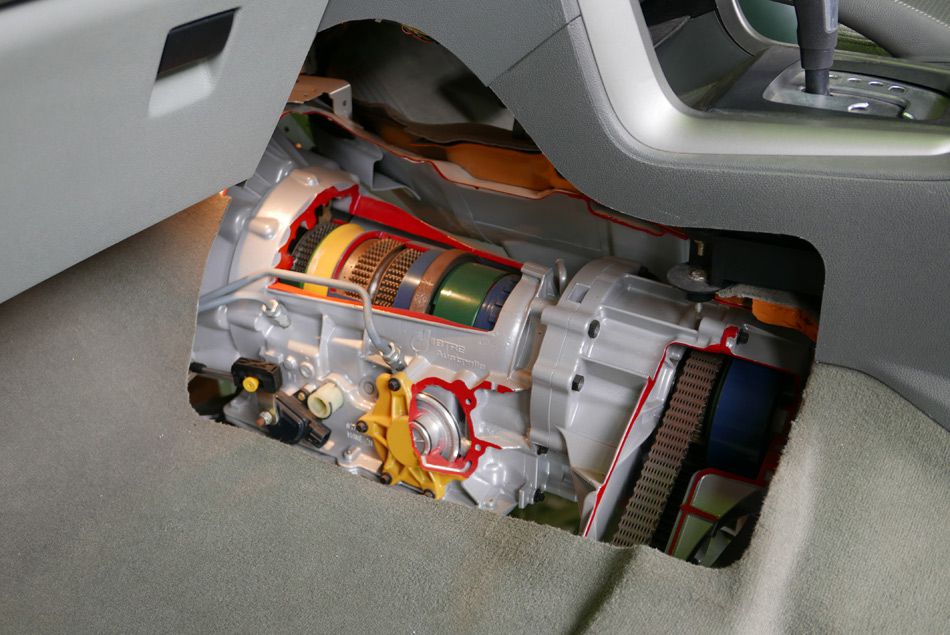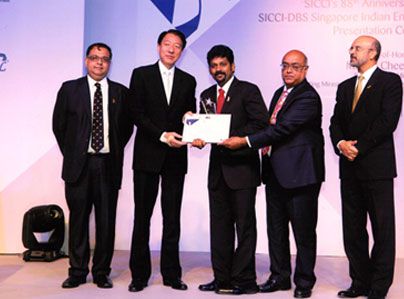Automotive
Advance Transmission Control Units

Modern day cars are offered with both Automatic and Manual Transmission as per the customer choice. In comparison to manual transmission, automatic transmissions enhance the driving comfort and also fuel efficient as it independently determines the point where engines run most efficiently. There are various aspects to discuss about the Advancement of Technology in Transmission Control Units.
Going High-tech: Modern Transmission Control Units are designed to meet high precision digital intelligence in order to find out engine’s ideal operating point, the control unit posses high-tech computer enabling complex operation of various kinds of automatic transmission systems. The processing speed of a modern transmission unit is incredibly faster than the computers used in the lunar mission.
Conventional Automatic: A conventional automatic transmission uses various programs stored in the control unit to shift the gears. Most of cars are equipped with a switch strategically placed on the steering helping the drivers to shift gears avoiding errors and adds precision transmission power. Most common conventional transmission is designed with 6 gears though some ultra-efficient versions are designed with 9 gears.
Automated Manual Transmission: An Automated Manual Transmission, abbreviated as AMT, is a combination of manual and automatic transmission. It offers the best of comfort and convenience of an automatic with an individual control of manual transmission. The clutch opens during the idling condition and utilizes the energy generated when it’s closed. This transmission drastically reduces carbon emissions and saves fuel in the process.
Dual Clutch Automated Transmission: This type of transmission comprises two separate transmissions. One is used for even gear shift and other one for odd gear shift. Both clutches shift back and forth between the transmissions within a fraction of second, allowing precision gear shift. The complex coordination in a dual clutch transmission is possible due to sophisticated transmission control system by a powerful processing.
Continuously Variable Transmission: Abbreviated as CVT, used without any shifting points that completely eliminates shifting response delays. As result, allowing the driver to accelerate accurately without any interruptions as the driving force is available all the times. The vehicle does not even shift back and forth between fixed shifting points, a feature most essential during steep inclines. CVT is widespread in Asia and North American markets.
e-Clutch: An e-Clutch provides the comfort of any automated to a manual transmission in a cost effective way. Drivers can shift into gear one by just stepping into gas pedal, the e-Clutch automates the clutch but not the transmission. The clutch pedal produces an electrical signal and sends it to the actuator, which decouples the clutch. This affordable transmission acts as an alternative to a fully automated transmission essentially useful for the drivers of compact cars who find themselves in a stop and go traffic within the urban spheres.
Coasting: The e-Clutch manual transmission can also benefit fuel efficient coasting functions, which is only possible with automatic transmissions. Coasting expands on the well-known start-stop function and enables additional fuel savings of up to ten percent. When this function is used, the engine not only switches off at traffic lights, but also while the vehicle is moving.












